
 Artists’ impressions of the Barahat Al Wa’ab and one of the Hattan Villas.
Artists’ impressions of the Barahat Al Wa’ab and one of the Hattan Villas.
The $2.5 billion Al Wa’ab City, which will be Qatar’s first planned family-oriented and self-supporting community, is now set to take concrete shape in Doha with the award of the first building works and infrastructure packages on the mega development.
The city – which is targeted for completion in 2010 – will be styled in traditional Islamic architecture with the aim of conserving Arab culture and family values while providing exclusive world-class facilities to its occupants.
Spread over an area of over 1.2 million sq m, Al Wa’ab City aims to have one of the lowest population density ratios of any new major development in the country – with a population of 8,000 people in around 2,000 residential units, which will have all the latest ‘smart city’ technologies. Over 20 per cent of the total land area will have lush green landscaping and verdant parks, walking paths, water features and play areas for children.
As one of the largest privately-owned real estate developments in Qatar, this city will provide the much-needed residential accommodation within Doha in a truly mixed sustainable environment, combining high-end villa development with quality medium-rise higher density accommodation. It boasts the benefit of being centrally located in Doha, surrounded by main arterial roads and in close proximity to many of Doha’s major academic institutions and sport facilities.
“The project is now rapidly moving ahead with work having started on Phase One, comprising the Salwa showrooms and expected to be completed within the year. Construction work has also started on the Al Lewan and Hattan villas and the piazza that will be an intrinsic part of the Barahat Al Wa’ab, the social, recreational and cultural open air centre of this mega development,” says a spokesperson for Al Wa’ab development tells Gulf Construction.
“We have chosen Arabtec Construction Company to be our strategic partner in this project and a system of target pricing and the setting of mutual goals and objectives has also been successfully established. Our team is currently pioneering the use of the NEC3 suite of contracts that provide a framework through which collaborative working may be developed,” he adds.
The first three building works packages have already been awarded to Arabtec Construction Company while the first two infrastructure packages have gone to National Industrial Contracting Company. Some subcontracts and supply tenders are being floated with interested companies being encouraged to prequalify with Arabtec as well as Cansult Maunsell I Aecom, the project manager, in order to be considered for inclusion on the tender lists and framework supply agreements, he says.
In addition to traditional subcontract procurement, the developer and its key partners are also exploring the benefits of strategic supply chain partnerships and tiered contracting with key subcontractors and suppliers, which is expected to deliver the best value solutions to the stakeholders.
The development will integrate a wide variety of housing styles and options, small and large-scale retail, low-rise offices, health facilities, and a world-class luxury hotel surrounding Barahat Al Wa’ab, the stunning urban piazza and the nucleus of this mixed-use development.
The Al Wa’ab City residential units comprise different-sized villas and apartments including:
• Al Lewan Villas, which includes 92 units available in three palatial types of approximately 800 sq m each, with five bedrooms, a three-car garage, private swimming pool and an internal elevator in each villa;
• Hattan Villas comprising 185 units in four types of over 450 sq m each, with four bedrooms and a two-car garage. These villas have access to luxurious clubhouses;
• Mezzen Villas comprising 70 units available in two types, with four bedrooms and single-car garage each and access to neighbourhood clubhouses;
• Al Sennyar Villas comprising of more than 40 units in two types with access to neighbourhood clubhouses; and
• Around 1,450 apartments to suit varied client tastes and budgets from units located within verdant parks to units overlooking Barahat Al Wa’ab. The apartments are available in single through four-bedroom units, all provided with parking, either below grade or in carports.
The retail and commercial sector includes over 110,000 sq m of retail space, 230,000 sq m of office space, entertainment and recreation centres, a 200-room five-star luxury hotel and high-end supermarkets.
The city will be provided with a host of amenities, including a private health and fitness club, neighbourhood recreation centre and childcare facilities, central garden parks with pool, fountains, playgrounds and floral gardens. As pedestrian circulation is encouraged, a strong focus is maintained on providing a clean and safe environment and allocation of over 10,000 off-road parking spaces throughout the development with space provided underground for Barahat Al Wa’ab.
Located at the heart of the development and a first in Doha, Barahat Al Wa’ab aims to redefine the parameters of leisure and entertainment in Qatar through its emphasis on style and substance, versatility, and design and decor. Stretching across 44,000 sq m, the equivalent of seven international football pitches, this large civic space is intended to serve not only the local resident population but also to be a regional destination for all of Doha’s residents and visitors. An ideal public gathering space, the piazza builds on the Arabian tradition of open community spaces that builds healthy camaraderie, with modern amenities that add to the convenience of the people. With a substantial amount of high-quality retail space also incorporated and animated with cafes, restaurants, and outdoor markets, Barahat Al Wa’ab will be filled with life and activity. Shade structures, water features, lush landscaping, and gardens will encourage outdoor activity. This area will host public events, concerts, exhibitions amidst spectacular landscaping.
Masterplan
The masterplanning team in consultation with the project stakeholders developed the ideas and aspirations of the late Sheikh Nasser bin Khalied Al Thani, into a masterplan that is a culmination of various concepts and represents the optimum balance between quality, functionality, uniqueness, longevity, marketability and design elements of the project.
In order to reduce the use of power and water throughout Al Wa’ab City, the team has applied an aesthetic but practical design to the application of sustainable strategies for providing cooling, and the use of technologies to reduce both solar gain and thermal transmission through the building fabric. The main piazza underground car-parking utilises large architecturally-treated openings to cut down on the amount of plant and energy required to provide fresh air to this area.
Each building – whether a villa or a six storied structure – has been architecturally studied to get the detailing correct. They are designed to have recessed windows wherever possible, with the structural elements of the buildings providing energy-efficient shade structures in their own right. Shade structures have been included wherever excessive solar gain may occur and the building fabric has been selected (whether solid or glazed) for its thermal properties and sustainability for the climate of Doha.
The masterplan has been designed to provide as much pedestrian access and movement as is practicable in the cultural and climatic situation in which Al Wa’ab City is being developed. This is in line with BREAM practices currently being introduced into architecture in places such as the UK and Australia where a reduction in vehicular movement is measured favourably in a development’s carbon footprint, says the spokesman.
Perhaps, the most significant initiative is the introduction of a central cooling plant, which will service the entire development except the villas. This plant results in a significant reduction in the amount of energy required to cool the majority of the development (including the retail, commercial, hotel and higher density residential), with the introduction of heat recovery wheels, further increasing the efficiency, reinforcing the energy saving credentials of this initiative.
Landscape design
While promoting the concept of pedestrian connections and outdoor living, the overall landscape sets a physical design framework for achieving a coherent design for the various development blocks and clear identities for individual neighbourhoods. The design also makes reference to both the character of the desert environment and the Islamic pattern, thereby reflecting regional and cultural identities.
A series of landscape design strategies and principles have been developed to unify the overall development character and identity, including implementation of xeriscape landscape, concentration of planting beds for irrigation efficiency and the use of common and accent plant species to define public, semi-public/private, and private spaces and neighbourhoods. Design details will reference the desert environment such as dune landform, and utilise the Islamic pattern as paving treatment.
Activity nodes will be established along the pedestrian circulation paths to increase active and passive amenities and to extend outdoor use and pedestrian connections, with the provision of outdoor shade through both hard and soft landscape design elements.
Integration with building architecture and functions will achieve a coherent design, which incorporates directions and signage into landscape design elements. A landscape-focused arrival experience will be established by integrated elements in the vehicular circulation and in the parking substructure.
The overall landscape design of Barahat Al Wa’ab is composed of four major design elements: Islamic pattern integrated into the paving design public landscape; sculptural landform extending from the Central Park; layering of hedges and tall grasses pushing from the residential blocks; a series of paving, lighting, and natural stone strips representing the urban grids. Each of these four design elements will have various degrees of emphasis in each development block, the objective being to establish a hierarchy of public spaces, landscaped character and experience variations for the different neighbourhoods.
The innovative design concept for the Barahat Al Wa’ab is to extend the landscape experience into the parking substructure. Gentle slopes are provided for the access ramps. Substantial slab openings relating to vertical circulation points with landscaping are provided allowing natural light and ventilation into the underground parking.
Barahat Al Wa’ab sits on top of the central parking structure with multiple vertical connections directly to the ground level. It connects to the public open space system, linking together all neighbourhood and development blocks of Al Wa’ab City.
“Al Wa’ab City developers are committed to develop the entire project as a whole mixed-use development incorporating residential, commercial and retail elements to create a prosperous community which capitalises on the existing social fabric of Doha. This is true of all elements of the project including the villas, some of which are to be sold, and also the remaining building elements including retail, commercial, residential, food and beverage and hotel accommodation, which will be retained by Al Wa’ab City as long-term asset of the company. While anyone of any nationality can rent the residential, commercial and retail units, only Qatari and GCC nationals are able to own property in Al Wa’ab City as it is not a freehold property,” the spokesperson adds.



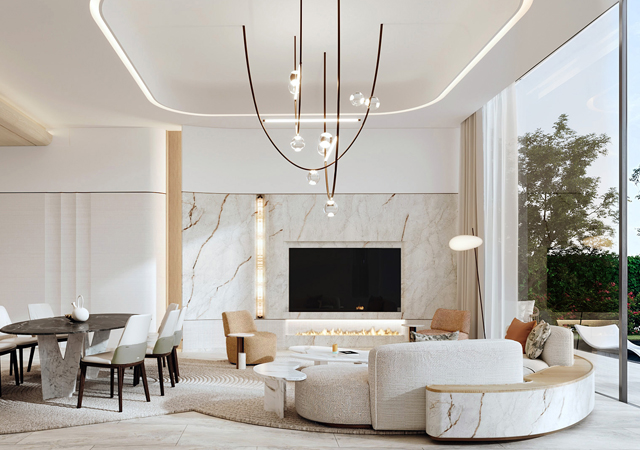
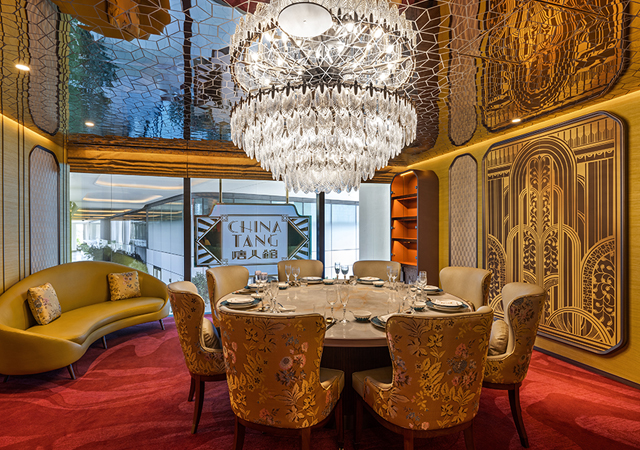
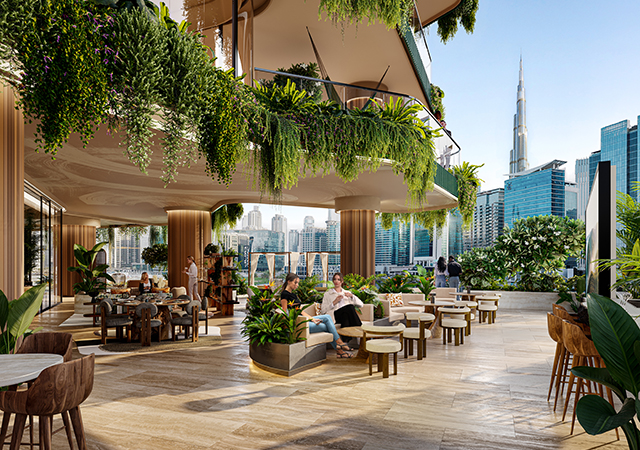
.jpg)
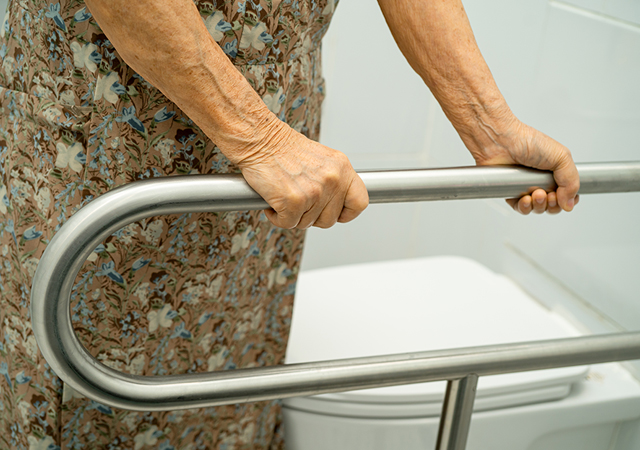



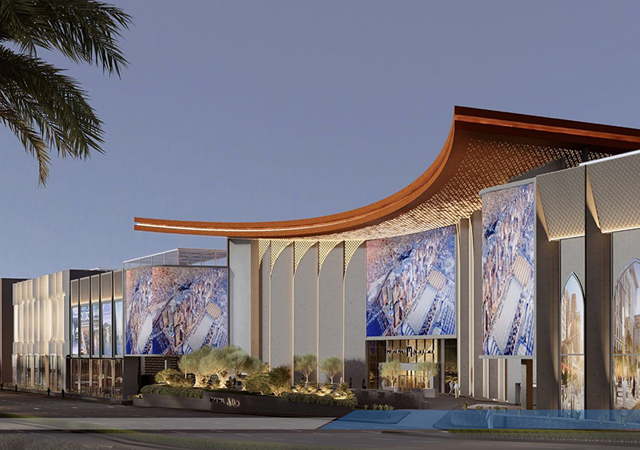
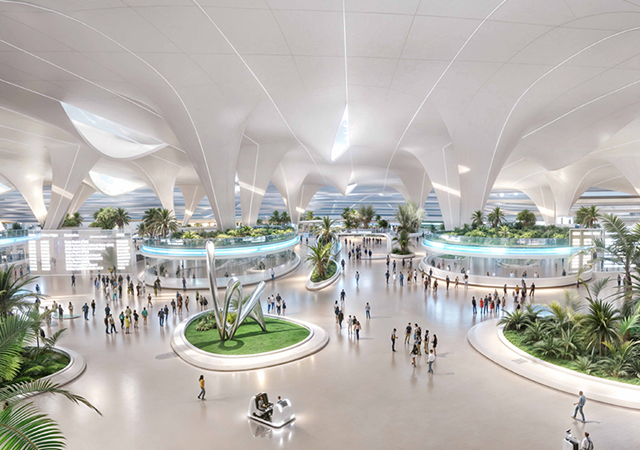
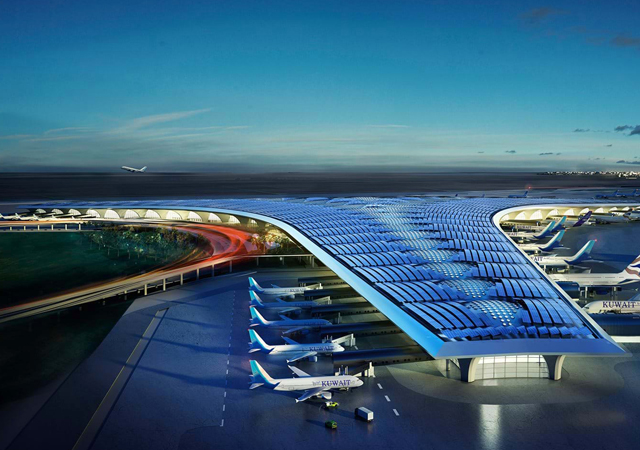
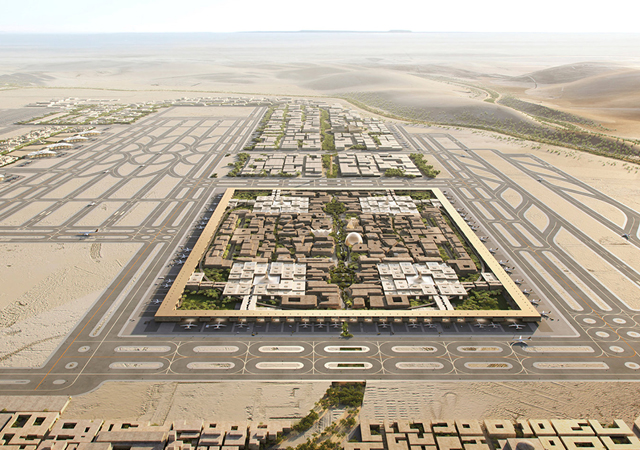
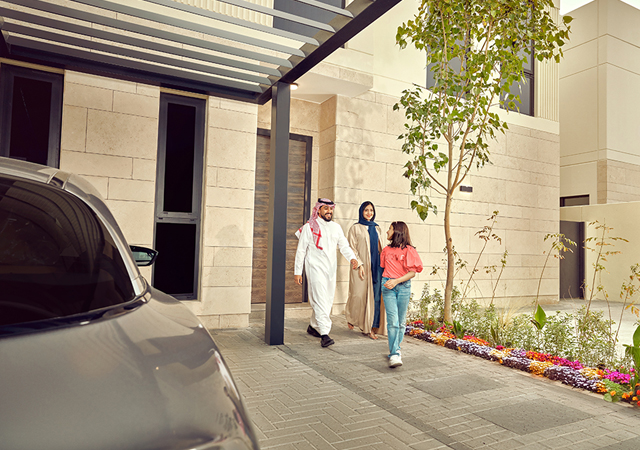
.jpg)
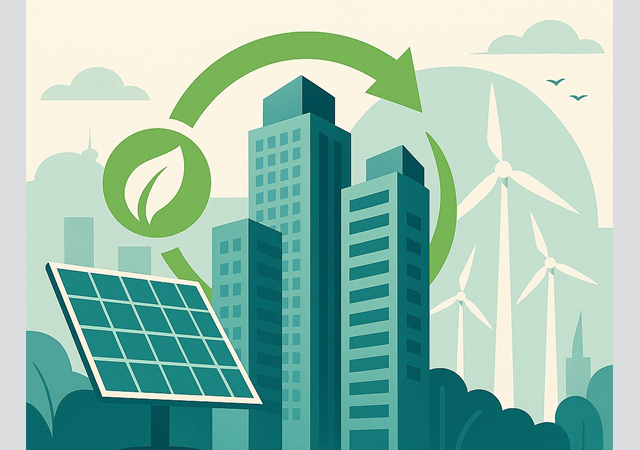
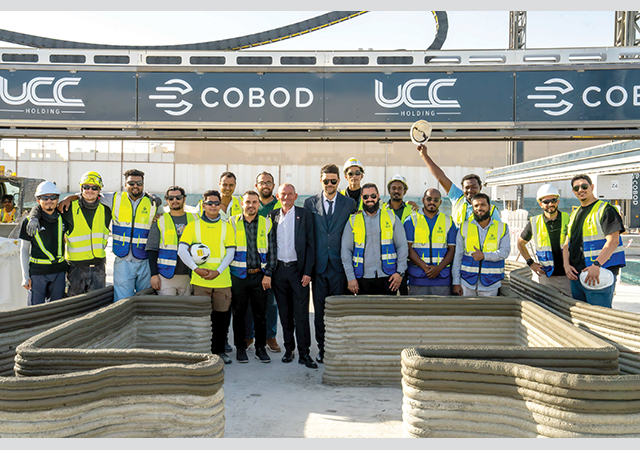
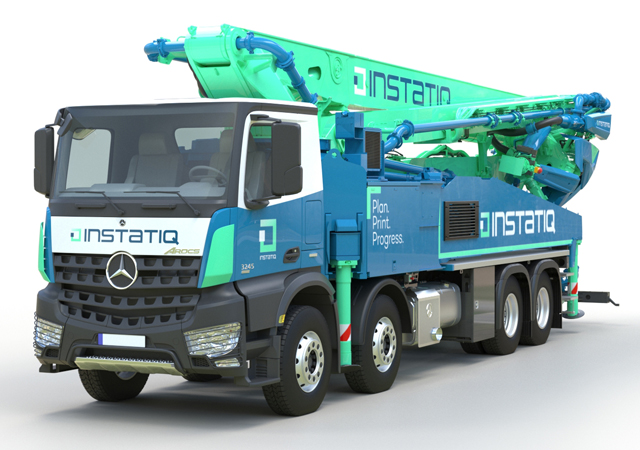
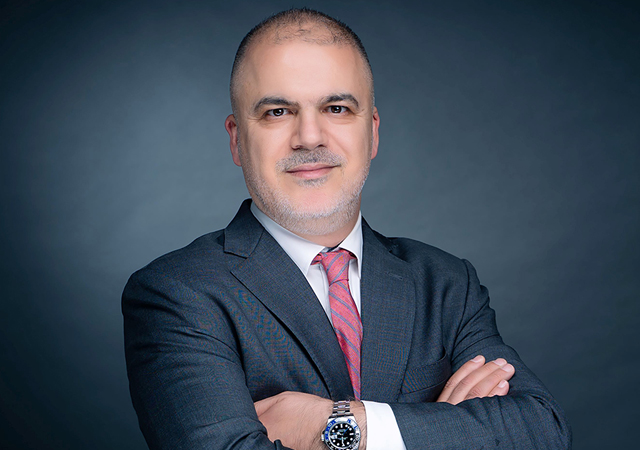
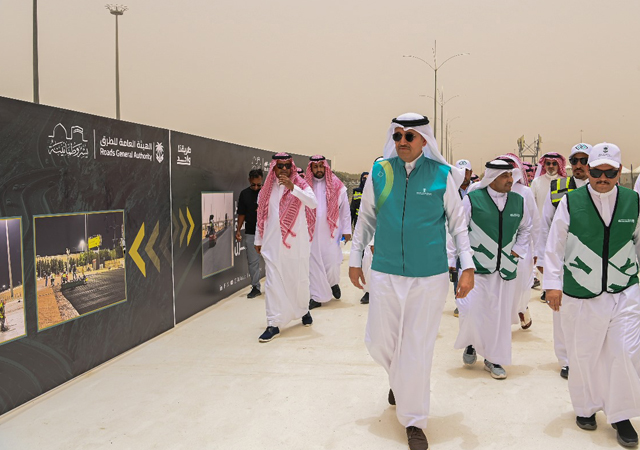
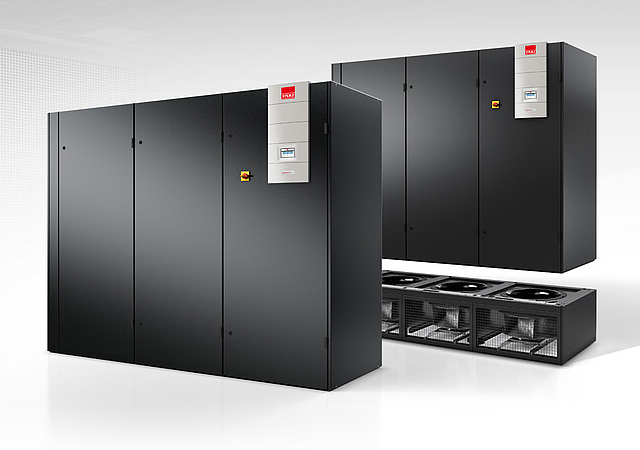
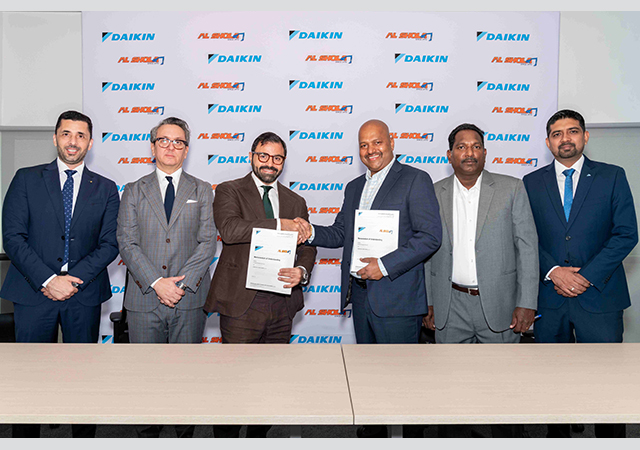

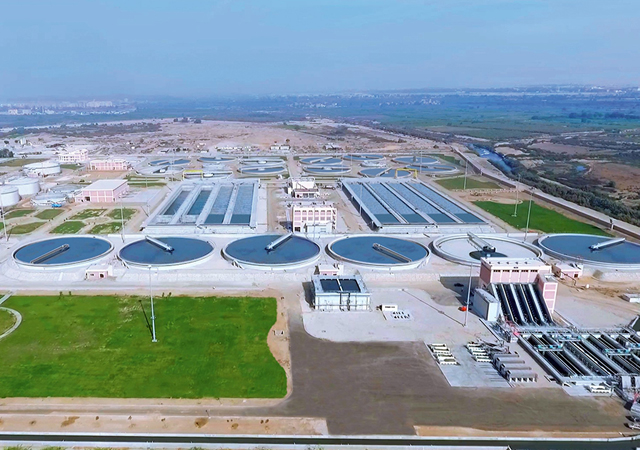
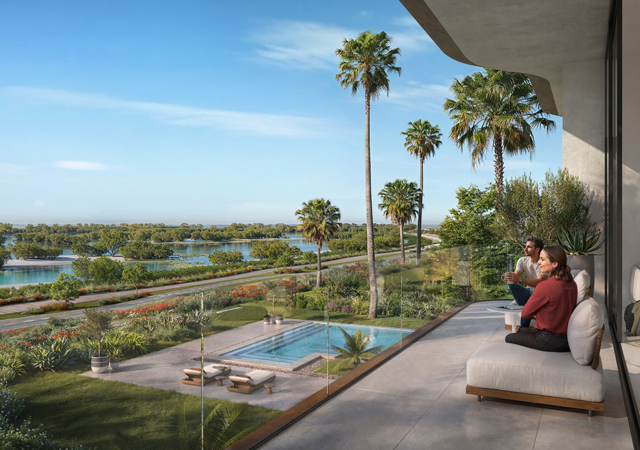
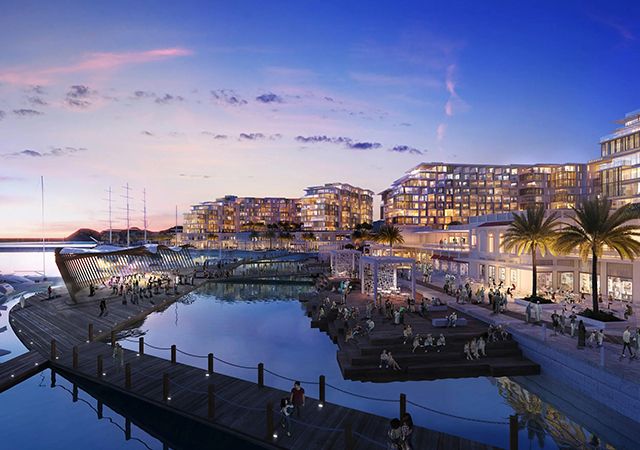

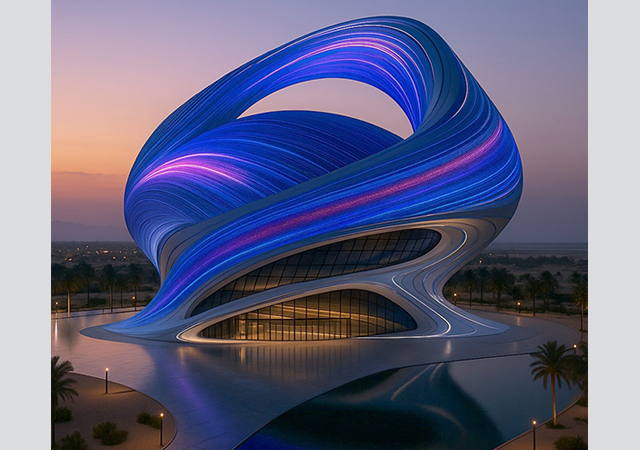
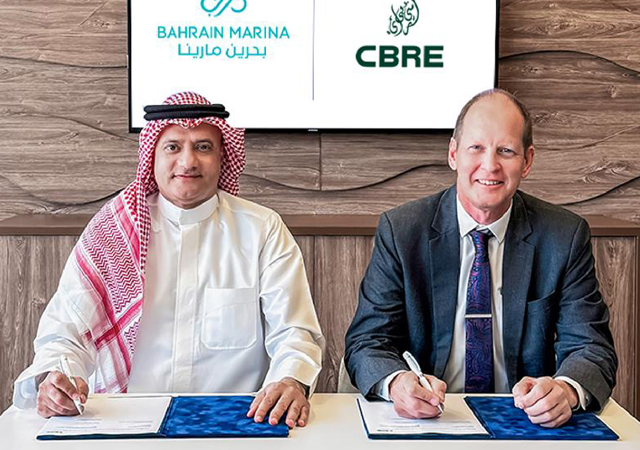
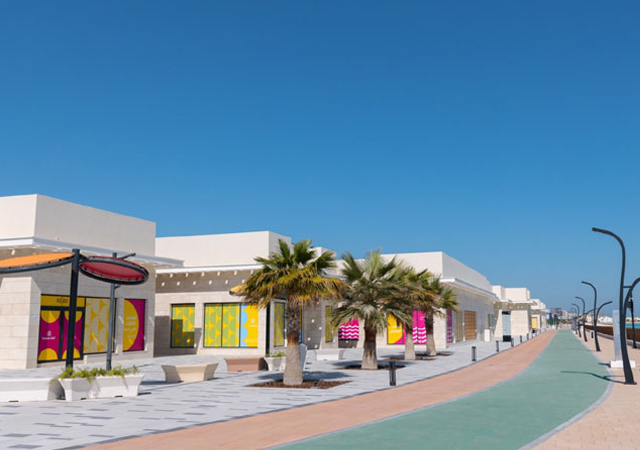
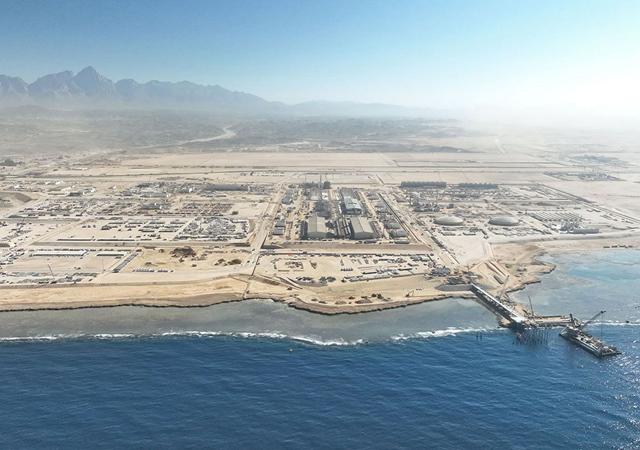
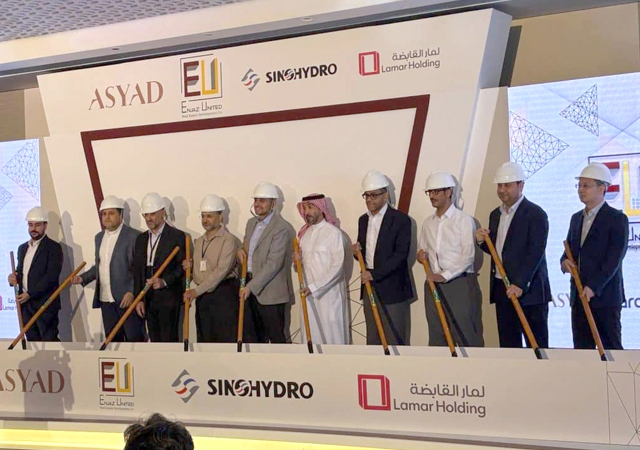
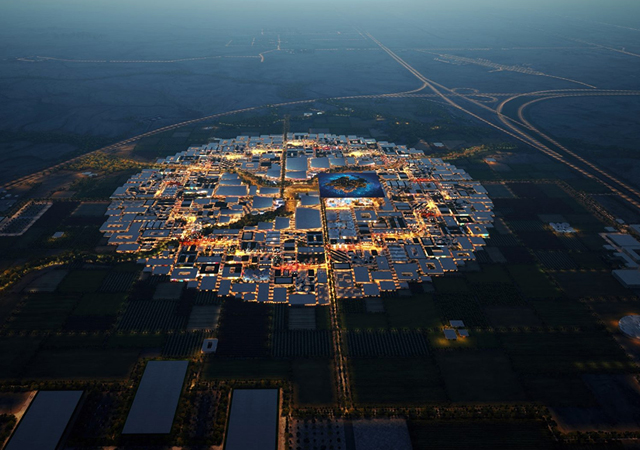
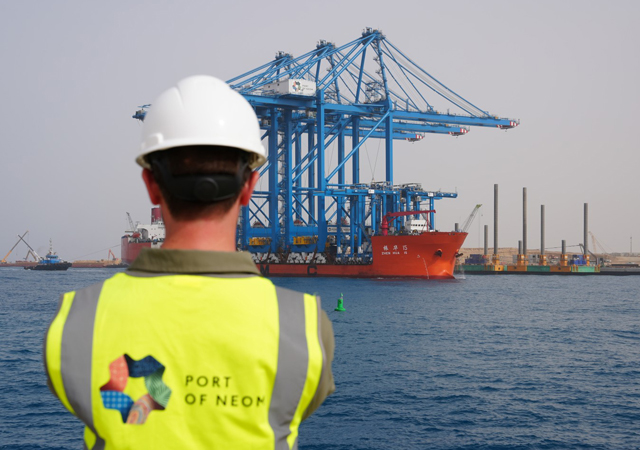
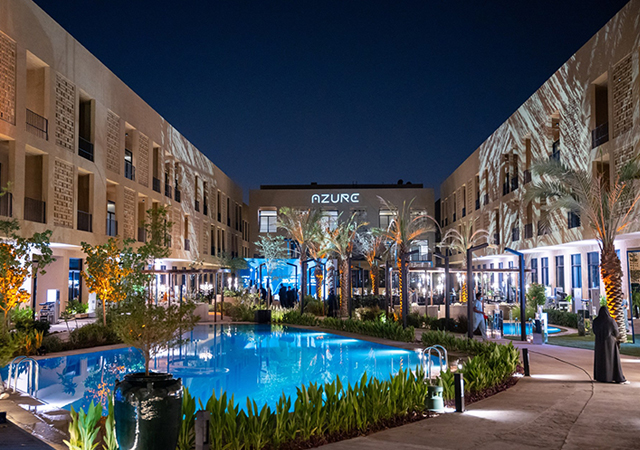
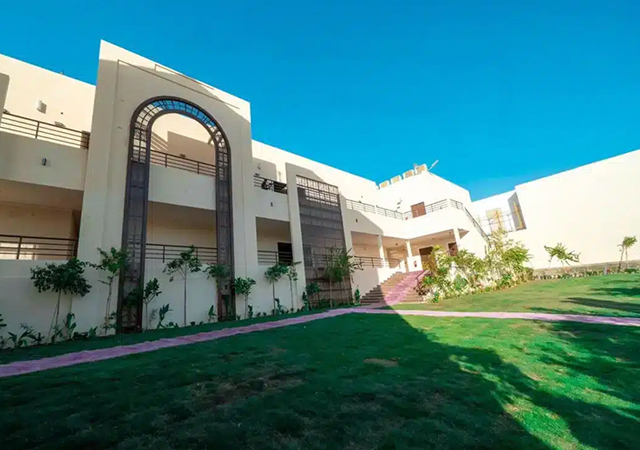

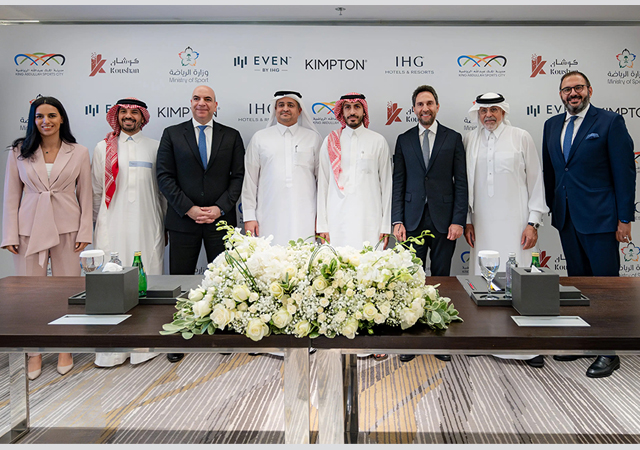
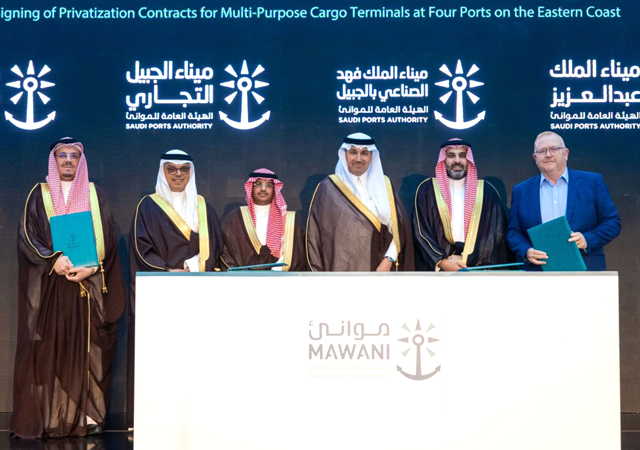
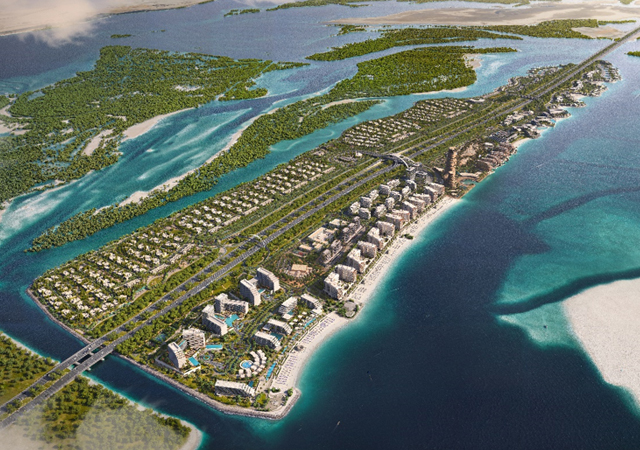
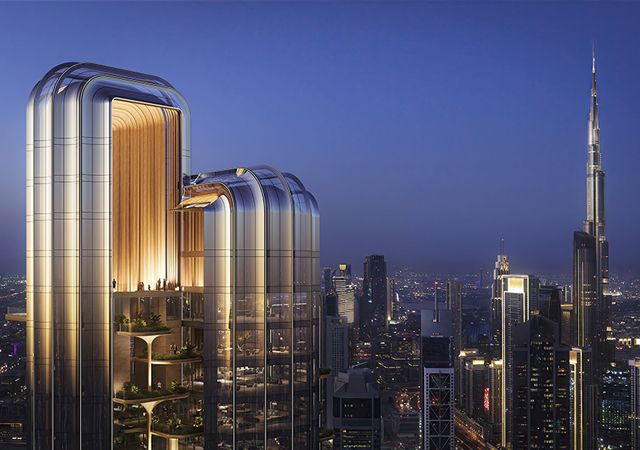
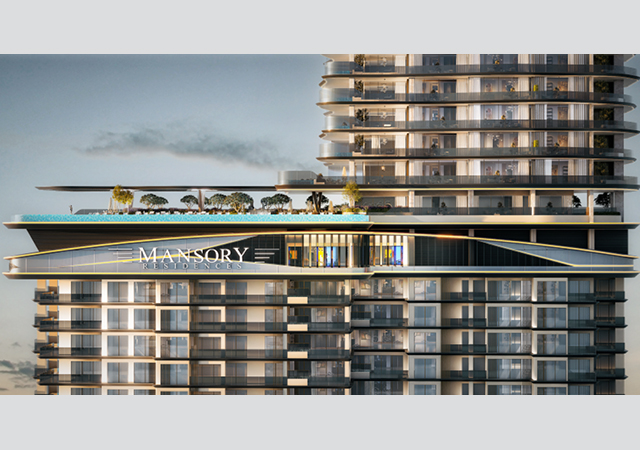
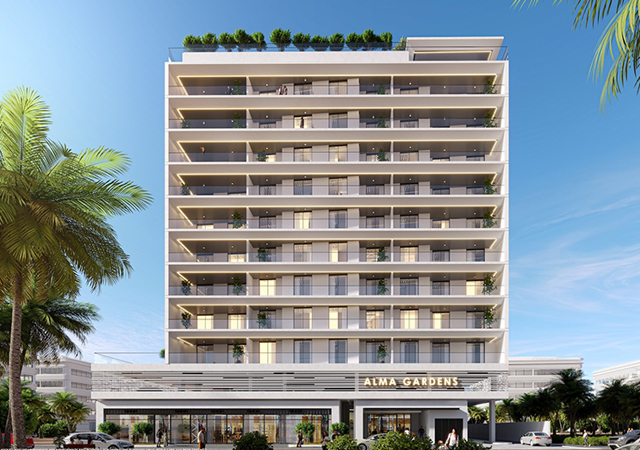

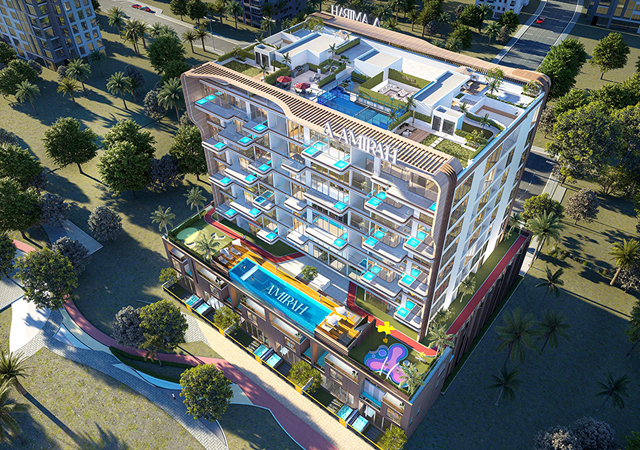
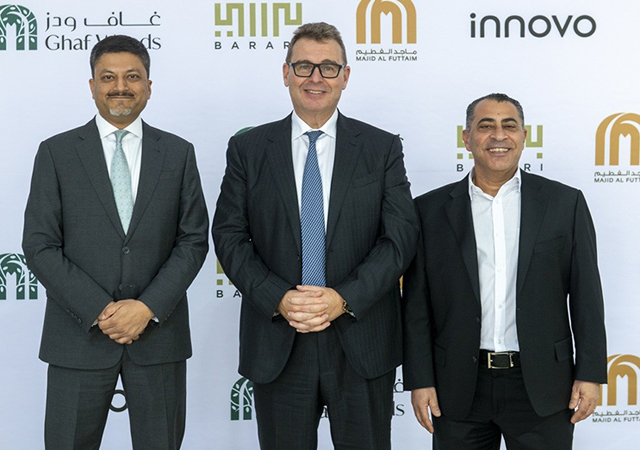
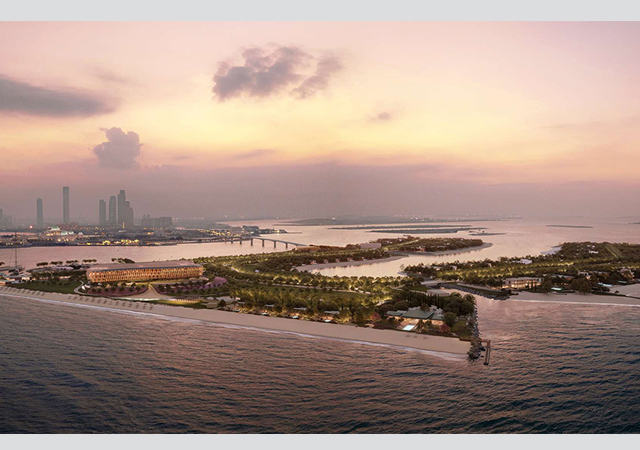
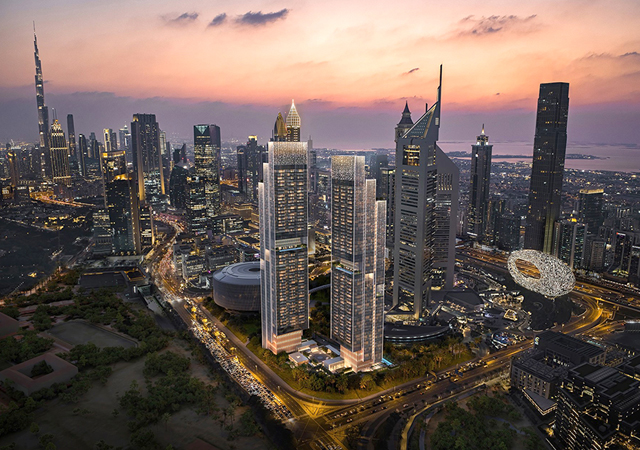
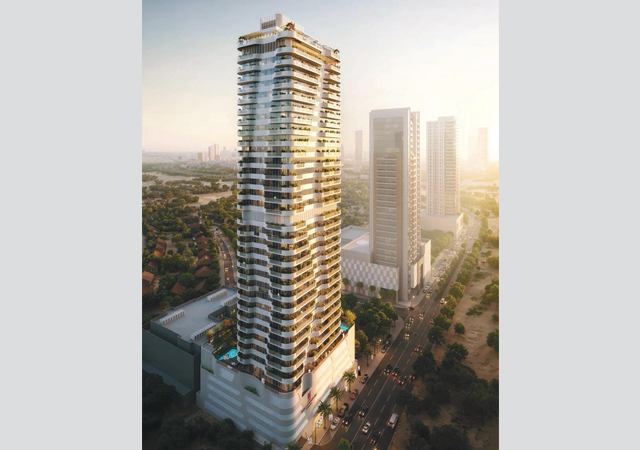
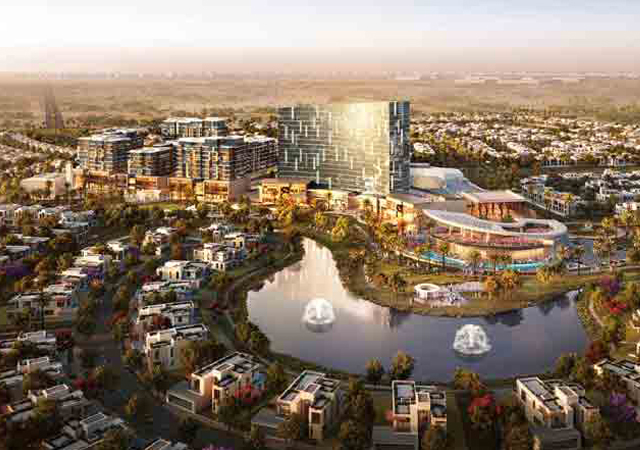
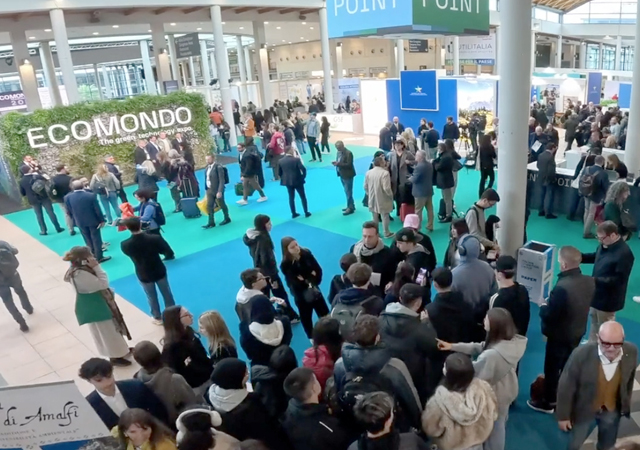
.jpg)












